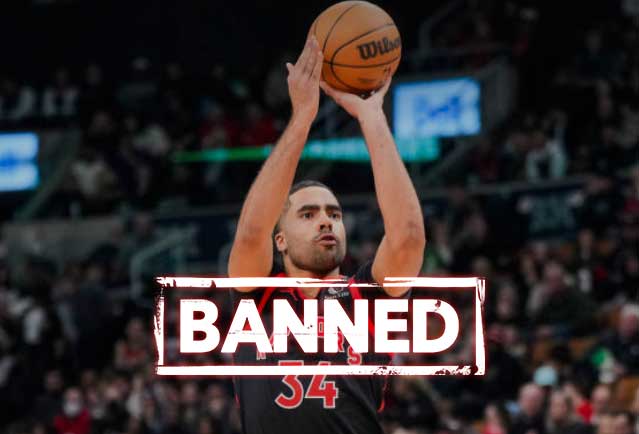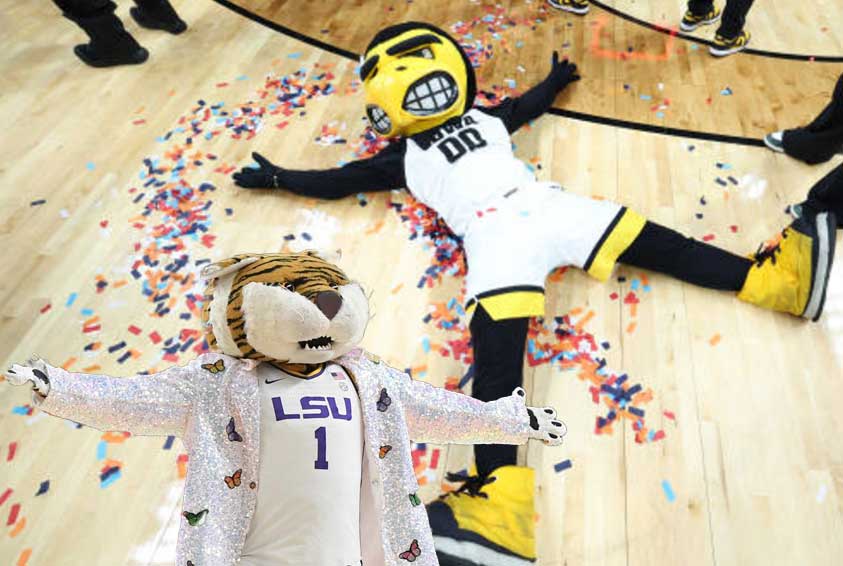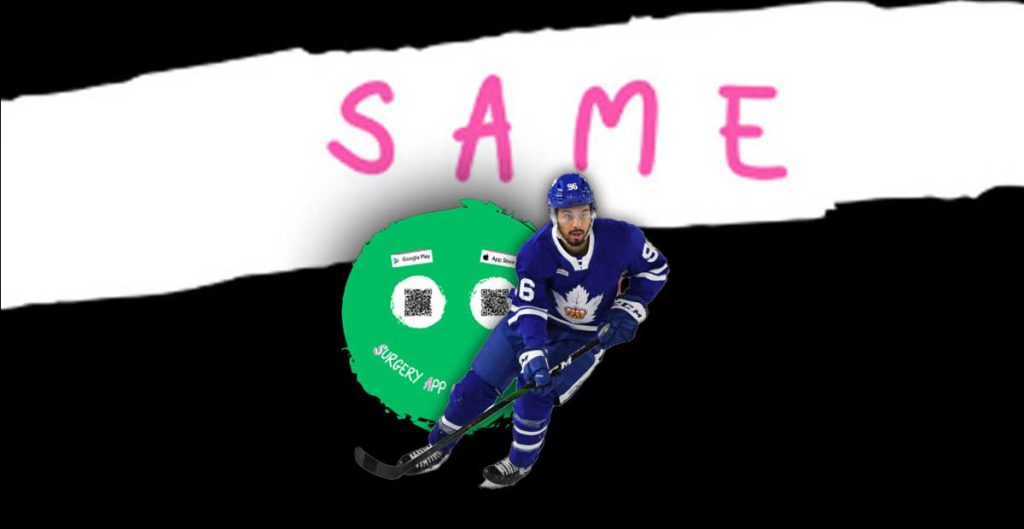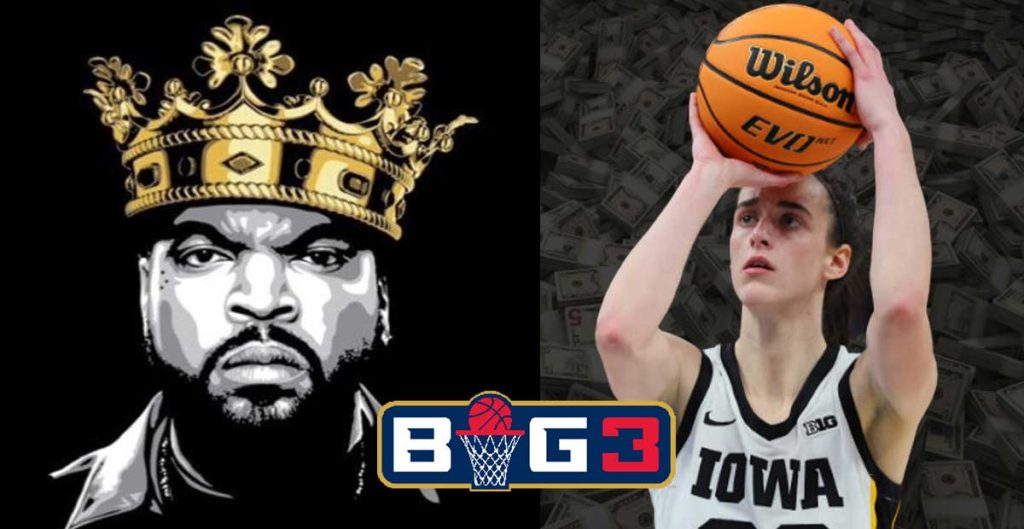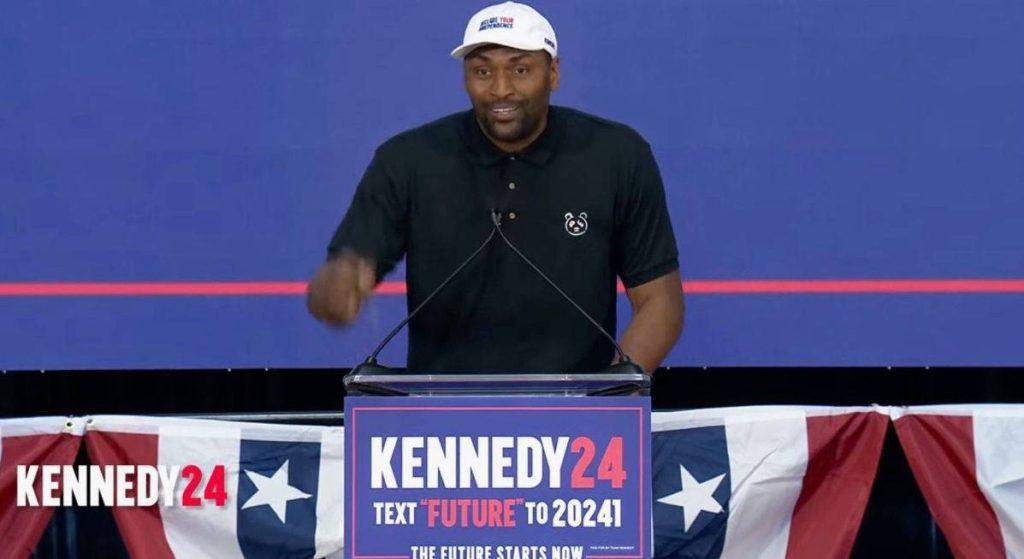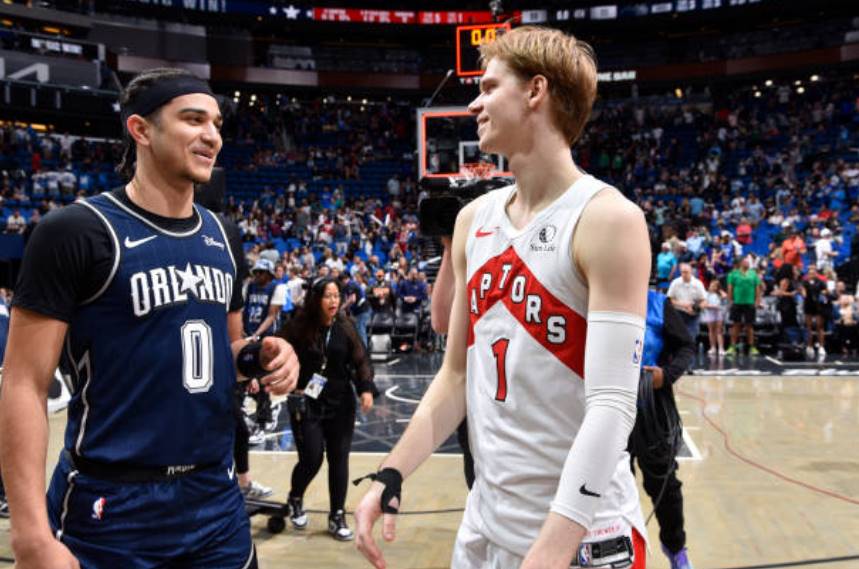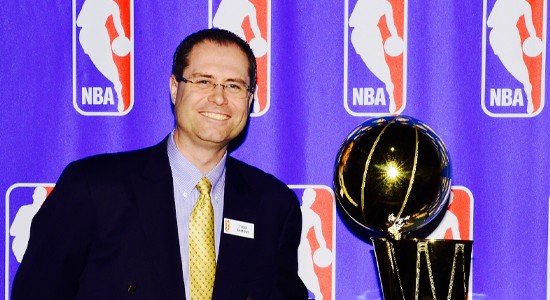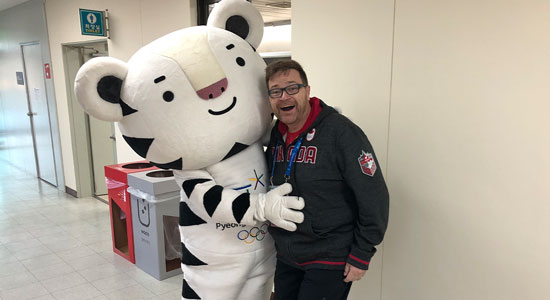
1 on 1 with Al Cameron | Director, Communications & Media Relations | Curling Canada

You have relationships with the media that you carry with you into the new role, so the “getting-to-know-the-media” process is already done.
Al Cameron
Director, Communications & Media Relations
Curling Canada
The Latest
Jontay Porter Banned From The NBA For Life
Iowa vs LSU: A Landmark Moment in Women’s College Basketball
Former NHLer Josh Ho-Sang Now A Rapper
Metta World Peace Endorses RFK Jr. for President 2024
1Tell us about what a typical day in your role as Director, Communications & Media Relations at Curling Canada looks like. How does your current role compare to your past experience as a sports journalist?
It depends on the time of year, and with the added asterisk that COVID has changed things in the sense that nothing is predictable.
During the off-season, pre-COVID times, most of my day is spent planning for events — for the coming season, as well as future seasons as we are doing work 2-3 years out leading up to events.
The biggest difference would be that as a journalist I was to those announcements, doing follow-ups, covering live games, etc., whereas now, I’m making the announcements that journalists are looking for.
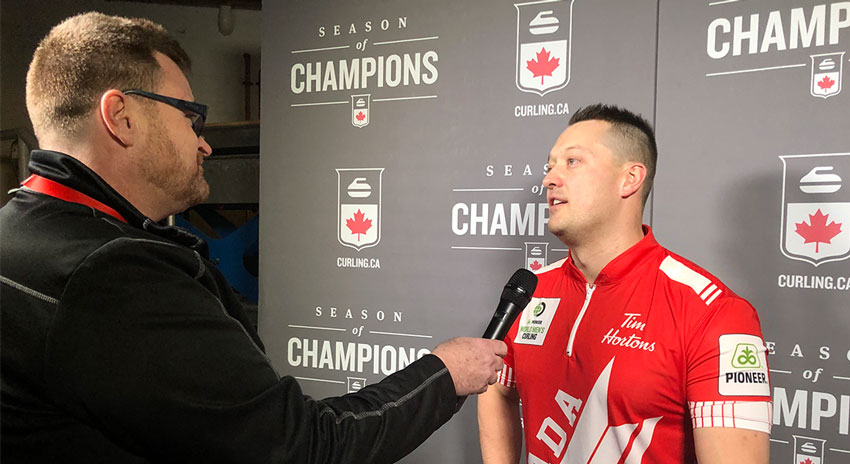
2How important is it for people working in public relations to ensure information provided to the media is consistent with the organizational mission and vision of the organization they work for?
It’s essential. Inconsistencies drive investigative journalism, and make the organization look bad.
It’s a challenge as a National Sport Organization that has 14 distinct Member Associations that all have distinct agendas, often based on their own regional challenges. When it comes to consistency, internal communication is an absolute must.
3You are one of a few prominent Directors of Communications to make the jump from sports journalism. Jennifer Quinn (Toronto Star to Toronto Raptors) is another one. Do you feel that the skills you acquired working for the Calgary Herald prepared you for your current role with Curling Canada?
They sure don’t hurt. With experience like that, you carry those relationships with the media into the new role, so the “getting-to-know-the-media” process is done.
You know how to speak their language and what they’re looking for.
As well, you know the little things, like responding immediately to an inquiry (even if you don’t know the answer) and understanding that a journalist is ALWAYS on deadline, and you’re working to relieve their deadline pressure.
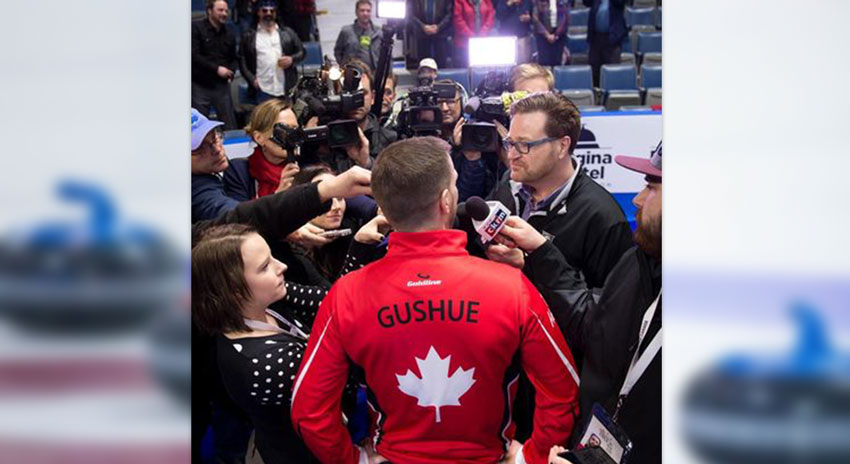
4It is often viewed that in order to work in communications you must be extroverted. Throughout your experiences do you find that to be the case? On the flip side, do you think someone who is naturally introverted can work in a communications role such as yours?
I wouldn’t call myself an extrovert, but I’m not an introvert either.
I’d say that anyone who enters the communications field has to be prepared to interact with people, willingly and naturally.
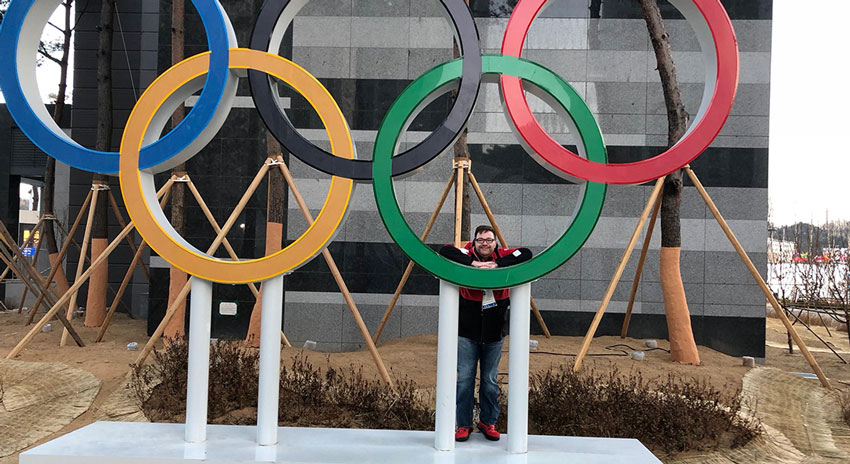
5Tailgating off the previous question, if you were hiring people to work in your department, what would you look for in an ideal candidate?
An ideal candidate would have:
- Knowledge of the sport
- Willingness to work unusual hours
- Social skills (as mentioned above)
- Attention to detail
- Ability to learn from mistakes
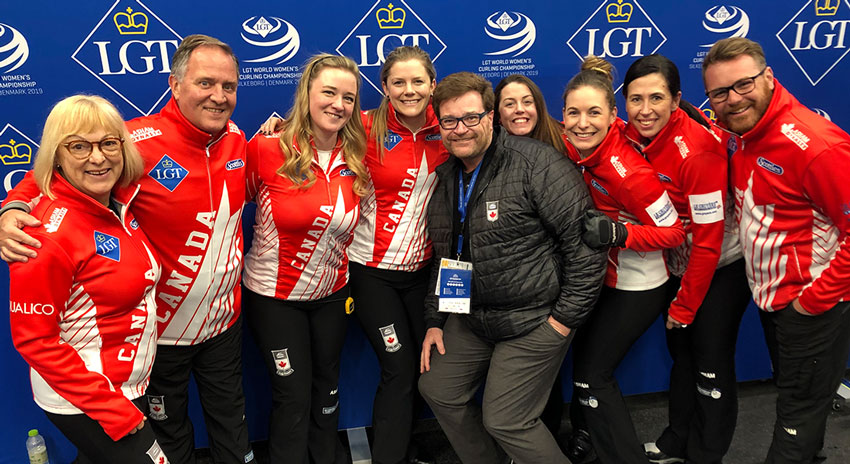
6Lastly, with COVID-19 and other world issues pervading the sports world, can you offer some optimism to our audience and those looking to get into sports journalism and/or PR.
There will ALWAYS be a need for storytellers, whether they’re in journalism or PR.
Storytellers make the connection between the athletes and the readers. Be a good story-teller, and you’ll find a way to make it in the world of sports.
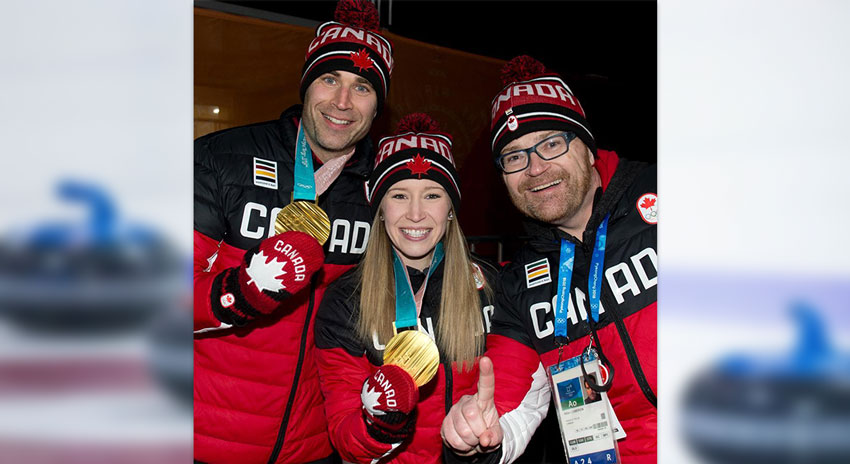
[get_current_post_author_pic_and_name]
When it comes to transitioning from journalism to sport public relations, there are few better to talk to than Al Cameron. Al offers insight into what success looks like in his role as Director of Communications & Media Relations for Curling Canada and how he uses his past experience to better understand the demands of his current role. With 26 years previously as a sports writer, Al Cameron's background gave him an edge that Curling Canada was seeking. Something that really stuck out to me during my conversation with Al Cameron was that his experience as a journalist lets him see the perspective of the Director of Communications & Media Relations and he can really empathize with their deadlines. It's this empathy and attention to detail that has surely contributed to the success of one of the fastest growing national sport organizations in Canada.


